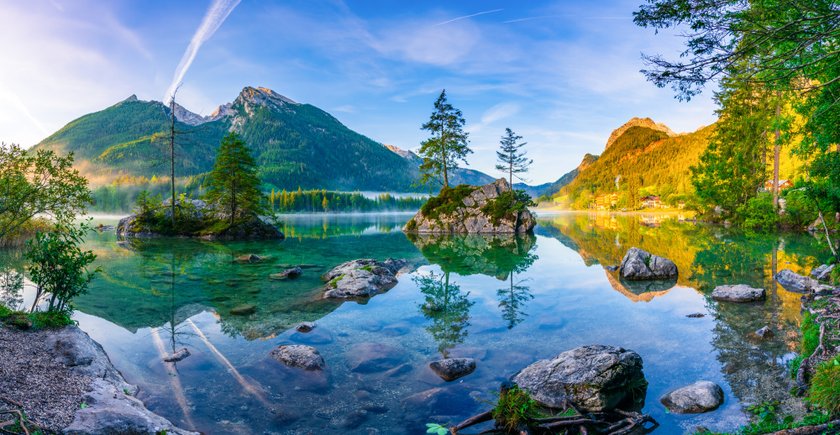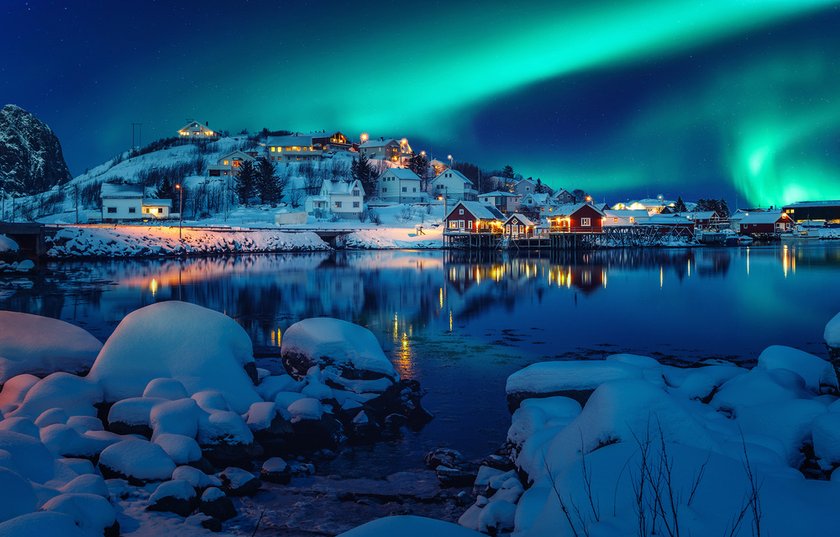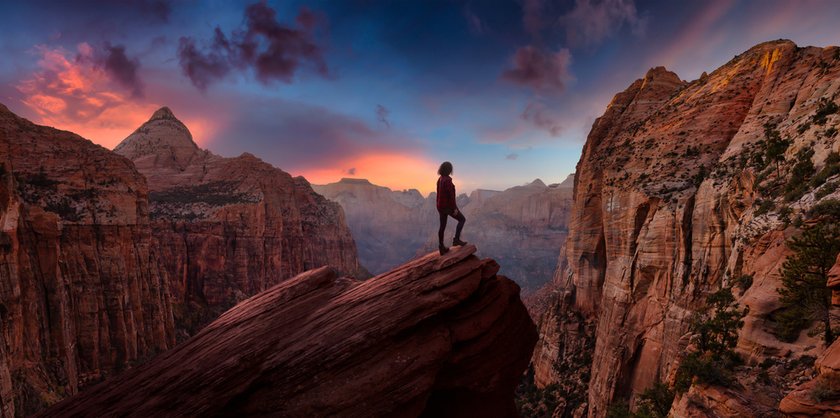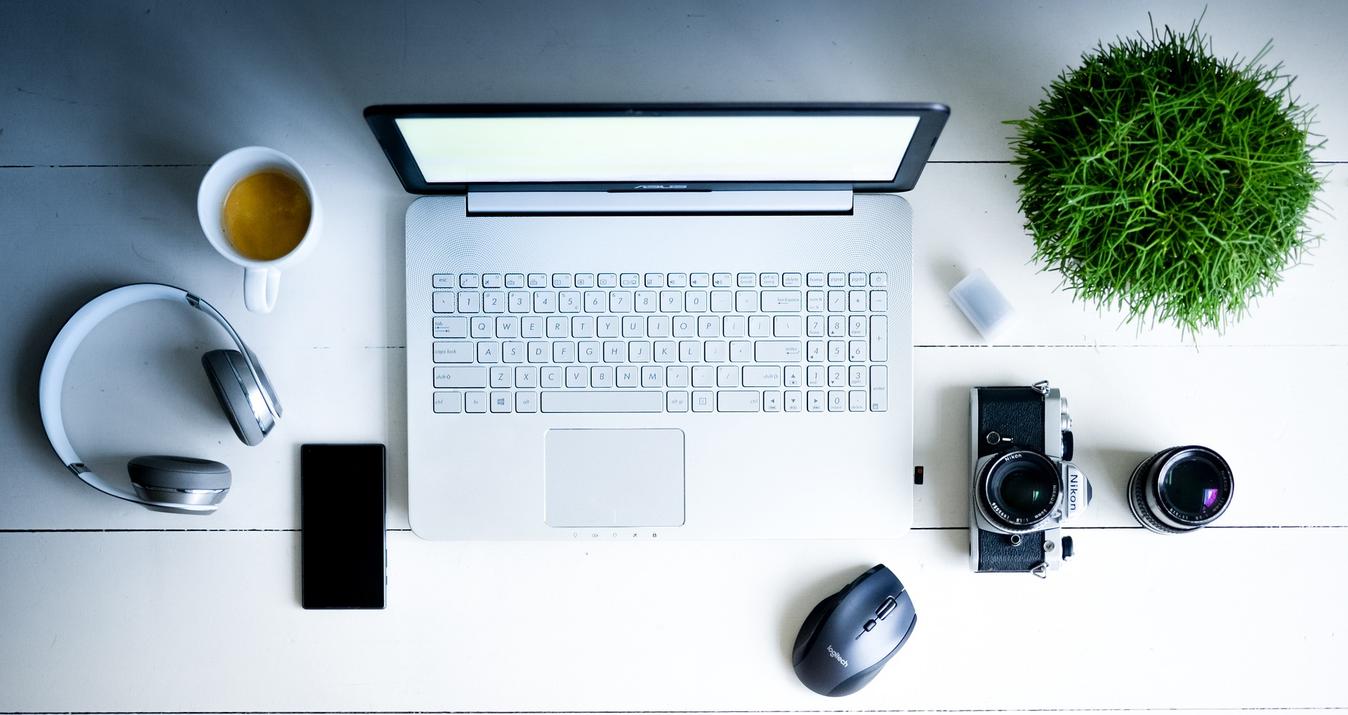In the technological age, artificial intelligence has fully integrated into the creative process and started reshaping it by the new standards. In the ever-evolving world of visual arts, the role of AI in photography extends far beyond mere automation or enhancement. It acts as an enabler, empowering photographers to push the limits of their imagination, bringing to life visuals that were once confined within the realms of fantasy.
Image expansion represents an avant-garde approach to enriching visual content beyond its existing constraints. Simply, it means that you are not limiting yourself to the real-life moment you have captured — you decide which elements should be in your picture and how many of them you need. Even if they do not exist, you are moving the limits. And that is where artificial intelligence enters the game.
In this era of unprecedented technological advancement, AI has transcended its conventional role, asserting itself as a pivotal force in the creative realm. Its integration into photography software has heralded a transformative shift, empowering photographers in ways previously unfathomable. Among these game-changing innovations is the groundbreaking GenExpand tool, a groundbreaking addition to the latest iteration of the Luminar Neo software.
Join us on this enlightening journey as we explore the profound impact of AI on the future of imagery and how it's reshaping the creative landscape for photographers worldwide.
Redefining Creative Boundaries With AI-Driven Image Expansion
 One of the most remarkable aspects of AI-driven image expansion lies in its ability to breathe life into concepts once considered implausible. It empowers photographers to envision alternate realities, merge disparate elements seamlessly, or even craft surreal landscapes that spark intrigue and captivate the audience's imagination. This innovative approach fosters a dynamic interplay between human intuition and AI's computational precision.
One of the most remarkable aspects of AI-driven image expansion lies in its ability to breathe life into concepts once considered implausible. It empowers photographers to envision alternate realities, merge disparate elements seamlessly, or even craft surreal landscapes that spark intrigue and captivate the audience's imagination. This innovative approach fosters a dynamic interplay between human intuition and AI's computational precision.
Consider a scenario where a photographer captures a breathtaking thunderstorm against a majestic skyline. Through the AI tools' nuanced understanding of elements like light, color, and structure, the photographer can infuse new elements, augment the scenery, or even introduce fantastical elements without sacrificing the real beauty of an actual photo.
Remember that AI is a helper, not a substitute, especially regarding creativity. A machine cannot replace a human's creative mind, and it is not aimed to do so. It is here to show you that you are more capable as an artist than you thought. In the following section, we will prove this by providing knowledge on how image expansion can be practically helpful for your photography, no matter what type(s) of shots you deal with.
Practical Applications Of AI-Driven Image Expansion
One of the primary applications lies in the realm of commercial photography. Brands and marketers harness the power of AI-driven image expansion to create visually compelling campaigns that resonate with their audience. By expanding the visual scope of product photography, businesses can present their offerings in immersive and captivating ways, fostering a deeper connection with potential consumers.
In editorial and conceptual photography, AI-powered expansion offers a gateway to unleash creative potential. Photographers and artists can transform mundane scenes into extraordinary spectacles, weaving narratives that provoke thought, evoke emotions, or challenge perceptions. This tool becomes a conduit for visual storytelling that transcends the conventional boundaries of reality.
Furthermore, AI-driven image expansion finds its utility in restoration and enhancement. Historical photographs or images marred by imperfections can undergo a metamorphosis, revitalizing moments from the past and preserving them for posterity. By employing AI's precision, photographers can restore details, rectify imperfections, and breathe new life into archival imagery.
The application of AI-driven image expansion extends its reach to education and research. Scientific imaging benefits from this technology, facilitating the analysis of intricate details or enhancing visual data to aid scientific discoveries. Similarly, in educational contexts, this tool becomes a means to elucidate complex concepts through visually engaging presentations and materials.
Moreover, the accessibility and user-friendliness of AI-powered tools like GenExpand democratize the potential for innovation across various photographic genres and skill levels. Enthusiasts, hobbyists, and professionals can explore new dimensions of creativity, fostering a diverse community where imagination knows no bounds.
But is AI a panacea for photographers? Not at all. It is more like a magic potion you should use carefully to avoid negative consequences. In the next section, we will observe the ethical factors that should be considered when you use artificial intelligence in photography in general and when you work with image expansion in part.
Advanced yet easy-to-use photo editor
GET LUMINAR NEO NOWEthical Considerations And Future Implications Of AI In Imagery
 One of the key ethical considerations revolves around the authenticity and credibility of visuals. With AI's capability to manipulate images seamlessly, the line between reality and fabrication blurs. This blur lies at the core of the image expansion concept, and there is no doubt about its creative, artistic benefits.
One of the key ethical considerations revolves around the authenticity and credibility of visuals. With AI's capability to manipulate images seamlessly, the line between reality and fabrication blurs. This blur lies at the core of the image expansion concept, and there is no doubt about its creative, artistic benefits.
However, contrary to painting and other fine arts, photography has been viewed as an instrument of factual representation, depicting what is there. Now, this concept is undermined. In the case of using AI, only photographers responsible for that exact picture are aware of what is real and what is not. They possess power, and only their moral values can stop them from using it to manipulate, mislead, and distort the picture of the world for their audience.
Moreover, the ability to generate hyper-realistic composite images poses risks regarding consent and the potential misuse of personal data. AI is just a machine. It has no creative capabilities of its own. It just uses something already created (photographed, filmed, drawn, sculpted, etc.) by somebody else. But no trace would lead to this "somebody else" to properly acknowledge their contribution to the new work. Establishing ethical frameworks and guidelines to safeguard individuals' privacy and dignity in an AI-driven visual landscape is imperative.
Looking ahead, the future implications of AI in imagery spark discussions about the evolving role of photographers and the ethical responsibilities associated with wielding such powerful technology. There is a pressing need for education, awareness, and moral training to navigate the ethical complexities inherent in AI-driven image manipulation.
However, amidst these ethical considerations, the future of AI in imagery also holds promises of positive evolution. As ethical frameworks and regulations continue to develop, AI-driven tools can be leveraged to foster authenticity, creativity, and responsible visual communication. These advancements may lead to new ethical standards and best practices that uphold integrity and transparency in photography.
Your AI-Powered Photo Editor for MacOS and Windows
Discover Now!Bottom Line
The integration of AI in photography marks a transformative juncture in the photographer's creative journey, redefining the artistic process and expanding the horizons of creativity. The evolution of invention in this AI-infused era transcends mere technical advancements; it signifies a paradigm shift that reshapes the essence of the photographer's artistic pursuit.
One profound impact of AI lies in democratizing access to advanced techniques and possibilities within photography. AI-powered tools like GenExpand empower photographers of diverse skill levels to explore, experiment, and innovate without constraints. This accessibility fosters a more inclusive and diverse creative community where talent thrives regardless of background or expertise.
The relationship between AI and creativity also prompts a reevaluation of the photographer's role. Rather than simply capturing moments, photographers evolve into storytellers and orchestrators who harness AI as a creative ally.
As AI continues to evolve and integrate deeper into photography, its impact on the creative journey remains dynamic and transformative. Embracing this evolution doesn't diminish the essence of human creativity; it amplifies artistic expression, enabling photographers to craft visuals that resonate profoundly and shape a future where creativity and technology harmoniously converge.














